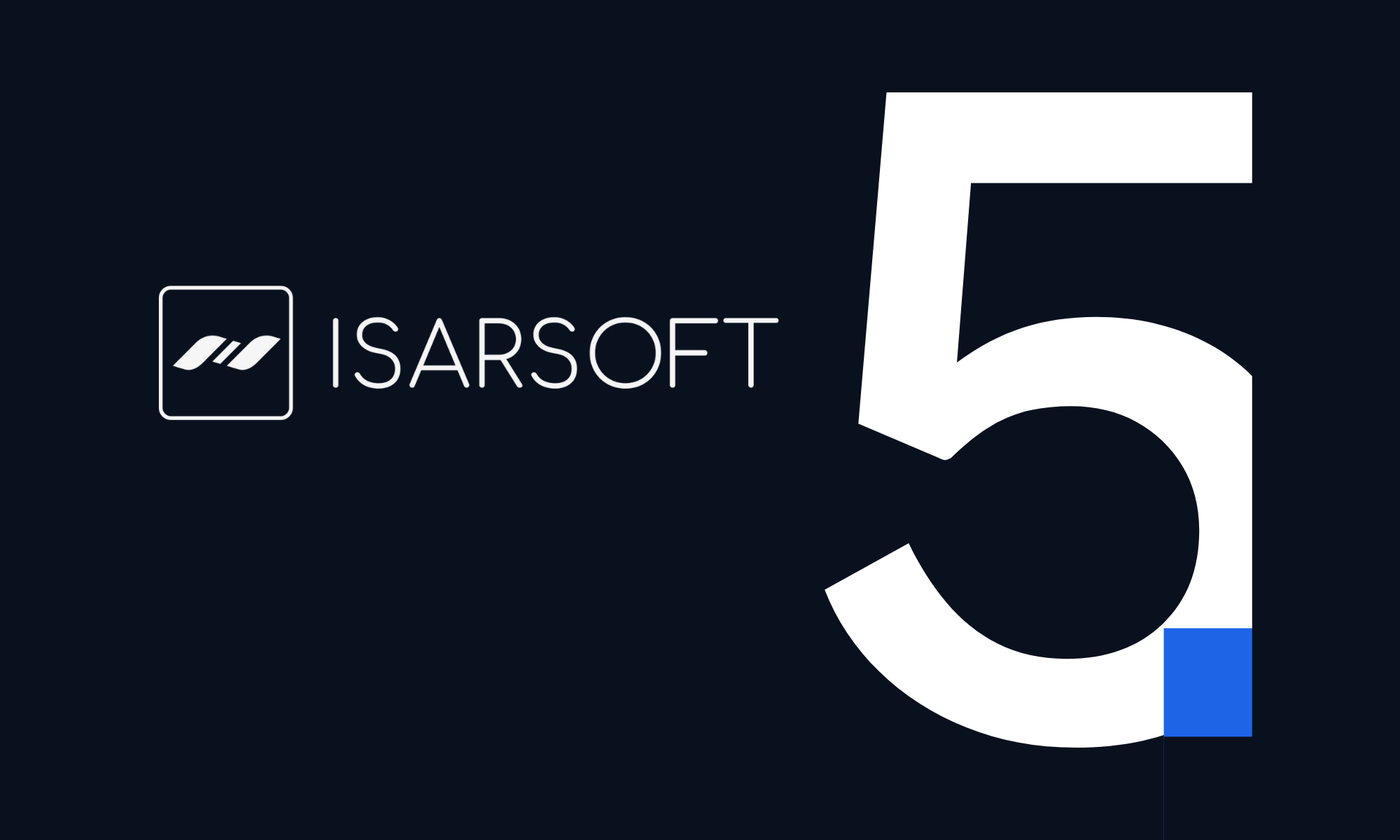Enhancing Security in Detention Centers with AI Video Analytics
As detention centers, including prisons and mental health institutions, face ever-increasing security challenges, the need for advanced surveillance solutions becomes critical. Can AI video analytics provide an answer, not just in augmenting security measures but also in creating safer environments for all? This article delves into the capabilities of AI video analytics in revolutionizing detention center security by offering sophisticated solutions to monitor, detect, and prevent potential threats.
Published
June 18, 2024
.avif)
Detention centers, including prisons and mental health institutions, are among the most high-risk environments where even minor oversights can lead to significant consequences. Ensuring the safety and security of these facilities has traditionally relied on a combination of CCTV cameras and human review of video footage. While these methods have been the cornerstone of institutional security, they come with their limitations. As technology advances, we are now equipped with more sophisticated and effective tools, such as AI video analytics, that can revolutionize the way we safeguard these environments.
This article delves into the role of AI video analytics systems in detention centers, exploring how these advanced technologies work, their implementation, and their critical importance in maintaining security and safety.
What is violence detection?
Violence detection refers to the use of advanced technologies, such as AI and machine learning, to automatically identify and analyze behaviors that may indicate violent actions in real time. This technology processes video feeds from surveillance cameras to identify patterns and movements associated with violence, such as sudden movements, physical confrontations, and large gatherings of people. By recognizing these actions, AI systems can quickly alert security personnel to intervene before a situation escalates.

How is AI video analytics utilized in violence detection?
AI video analytics has a wide range of applications, from retail to public transport, and its installations are becoming increasingly popular across various facilities due to its unique features. These systems are particularly effective for violence detection in detention centers due to several distinctive capabilities: providing real-time insights and continuous monitoring, accurately detecting anomalies, and classifying actions through recognition.
Continuous Monitoring
Unlike traditional surveillance methods, AI video analytics systems guarantee uninterrupted surveillance, ensuring that all activities are monitored without disruption or error 24/7.
Real Time Insights
When this constant vigilance is coupled with real-time insights in the form of live alerts or notifications, the prevention of violent incidents becomes easier. These real-time insights allow security personnel to respond immediately to potential threats, enhancing the overall safety of the facility.
Action Recognition
Action recognition is a crucial feature of AI video analytics. These systems use advanced algorithms to detect and classify behavior. While applicable in various contexts, such as sporting events, in the case of violence detection, action recognition flags violent behaviors like physical confrontations, aggressive gestures, or attempts to breach security barriers. By precisely identifying these actions, the system can alert authorities immediately, ensuring a swift response to maintain the safety and security of inmates and staff.
Anomaly Detection
What makes AI video analytics special is its ability to not only recognize behavior but also differentiate between expected and abnormal behavior. Anomaly detection involves recognizing deviations from typical patterns, such as sudden movements, unexpected gatherings, or erratic actions. By accurately identifying these anomalies, AI can promptly alert security personnel.
With these advanced features, AI video analytics significantly enhance security measures in detention centers, ensuring continuous monitoring, accurate detection of threats, and timely interventions.
The Case of Jeffrey Epstein
The importance of reliable and continuous monitoring systems becomes starkly evident when examining high-profile cases like that of Jeffrey Epstein. Epstein, a financier who was awaiting trial on serious charges at the Metropolitan Correctional Center in New York City. His death in custody sparked widespread public outcry and led to numerous investigations into the circumstances surrounding his demise. This case is relevant because it highlights the critical failures in surveillance and human oversight within detention centers, underscoring the need for more advanced security measures.
Despite the presence of CCTV cameras, significant lapses in monitoring and procedural errors allowed circumstances that led to Epstein's death to occur. For instance, there were reports of malfunctioning cameras, guards asleep on duty, and logs being falsified. According to the U.S. Department of Justice Office of the Inspector General (OIG), recorded video evidence from August 9 and 10, 2019, was limited due to a malfunction in the prison's Digital Video Recorder system. Only one camera in the Special Housing Unit (SHU) captured video, leaving significant gaps in surveillance.
These failures exemplify the limitations of traditional surveillance methods, which rely heavily on human oversight and are susceptible to human error and equipment failure.
While it is impossible to say definitively that advanced AI video analytics would have prevented Epstein's death, such technology could have provided continuous, unbiased monitoring and real-time alerts. By recognizing signs of distress, unusual behavior, or procedural lapses early, AI systems could have supported security personnel in maintaining a higher standard of vigilance. This case underscores the necessity for adopting advanced surveillance technologies to enhance the safety and security of detention facilities, potentially preventing similar failures in the future.
Benefits of AI Video Analytics in Detention Centers
Increased Security
By ruling out all room for human error AI video analytics provide early detection of potential threats, allowing for immediate intervention. The ability to monitor multiple areas simultaneously enhances overall security, reducing the likelihood of incidents escalating unnoticed.
Escape Prevention
AI systems monitor for unusual activities indicating escape attempts, such as tampering with security barriers or unauthorized movements. By detecting these actions early, AI can alert authorities, preventing potential escapes. This proactive approach ensures that security personnel can address vulnerabilities before they are exploited.
Self-Harm Prevention
AI video analytics can identify behaviors associated with self-harm, such as pacing, agitation, or prolonged isolation. Early detection allows staff to intervene promptly, providing necessary support and preventing harm. This capability is especially important in mental health facilities where the risk of self-harm is higher.
Panic Detection
Similar to the detection of self-harming activities, AI video analytics can detect signs of panic or distress by monitoring rapid movements, erratic behavior, and general expressions of distress via its Panic Detection feature. Real-time alerts enable quick intervention by security or medical personnel, ensuring the well-being of inmates.
Contraband Detection
Contraband Detection, such as detecting drugs and weapons, is crucial for maintaining safety in detention centers. AI video analytics can identify suspicious objects or activities, such as covert exchanges between inmates. By quickly detecting contraband, AI helps reduce the spread of illegal items, mitigating the risk of violence and other criminal activities.
Heatmaps
AI video analytics can generate heatmaps to identify high-risk areas within the facility, such as entry/exit points, corners, and common areas where incidents are more likely to occur. This helps in optimizing surveillance and strengthening vulnerable areas.
Monitoring Occupancy Levels
AI systems can track the number of individuals in specific areas to prevent overcrowding and ensure compliance with safety regulations. This is crucial for maintaining order and safety in common areas, cells, and visiting rooms.
.avif)
With these advanced features, AI video analytics significantly enhance security measures in detention centers, ensuring continuous monitoring, accurate detection of threats, and timely interventions. These systems not only improve safety but also streamline operations, making detention centers safer and more efficient.
More about Isarsoft
With Isarsoft Perception, your camera systems become part of your business intelligence. Whether the goal is to increase efficiency, customer satisfaction, or safety, Isarsoft Perception provides the insights needed for informed decisions.

Contact us, to learn more about how to turn security cameras into intelligent sensors.



